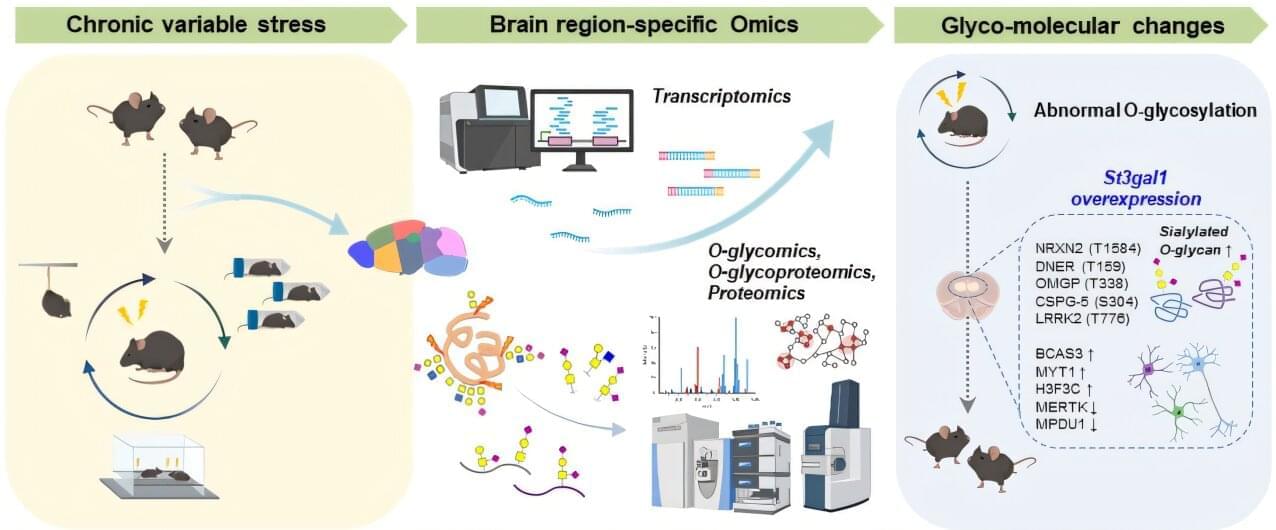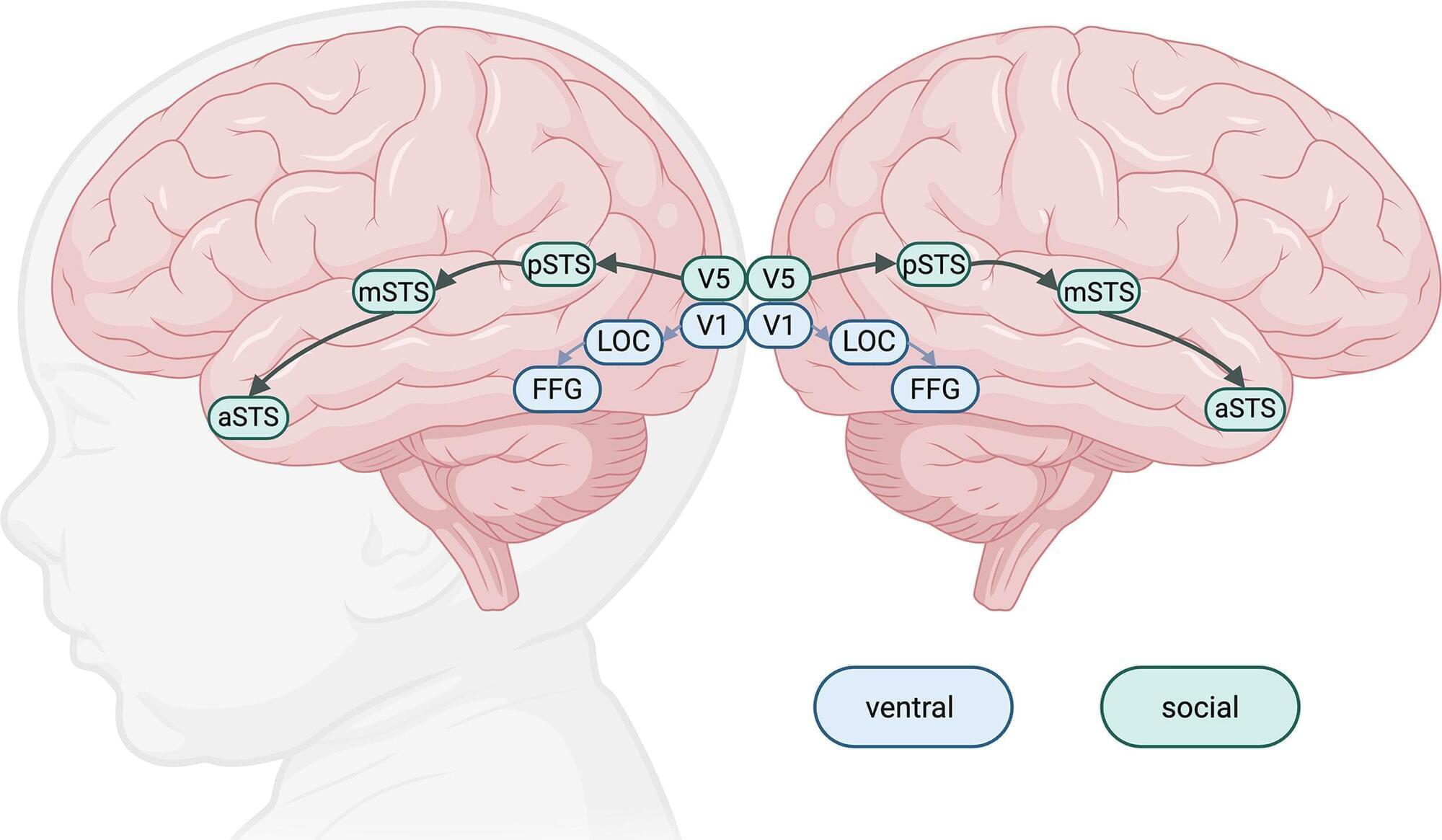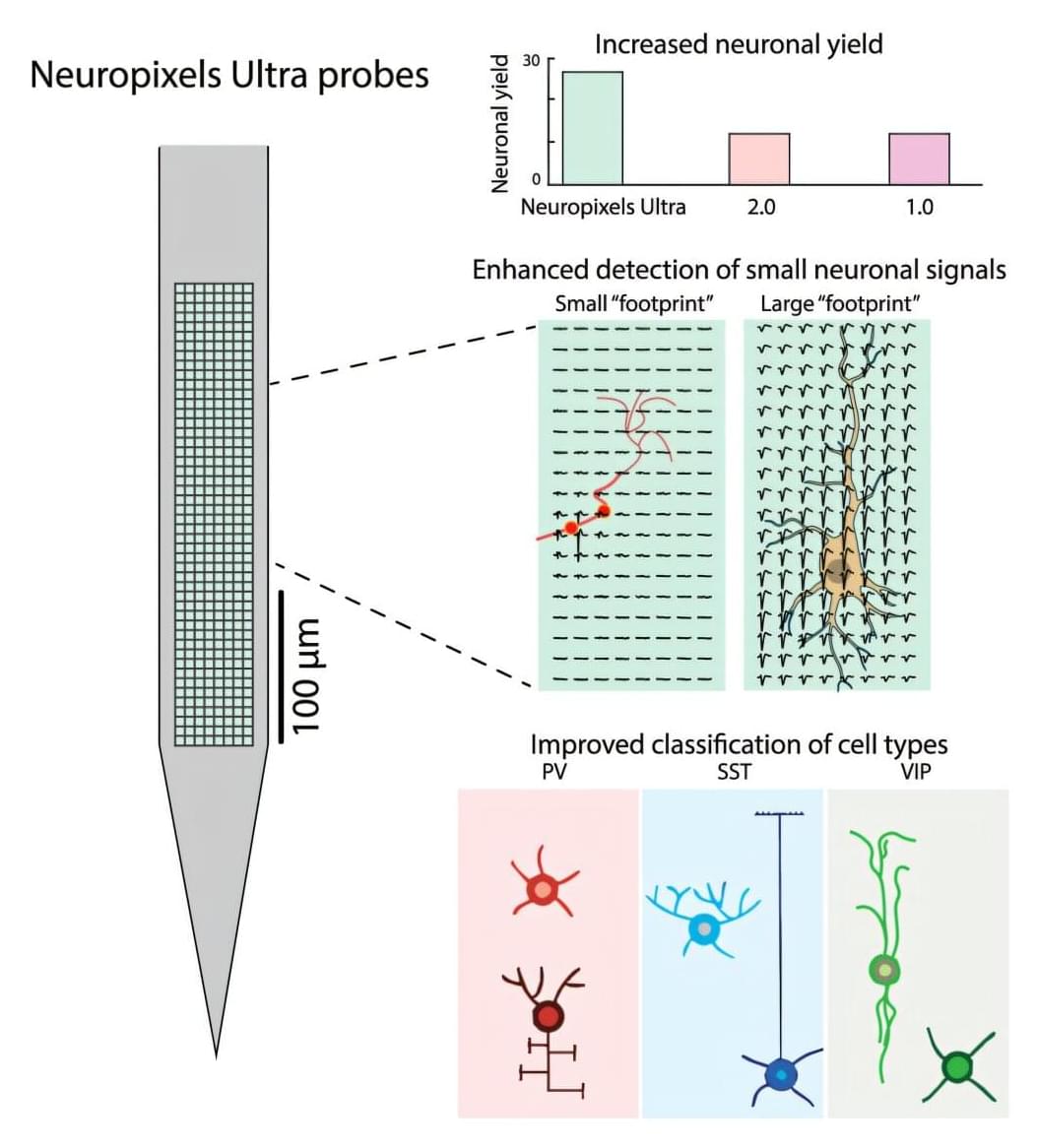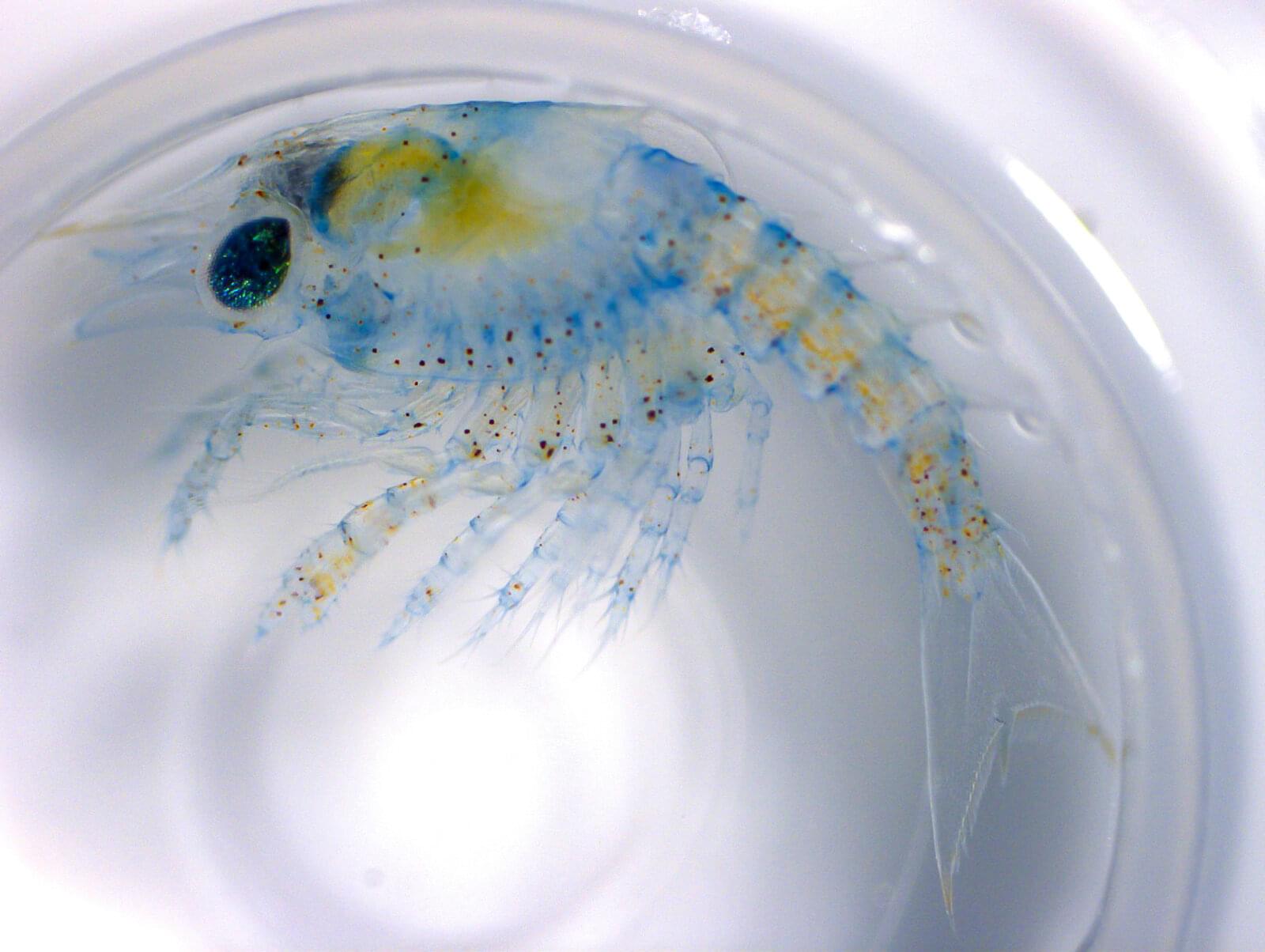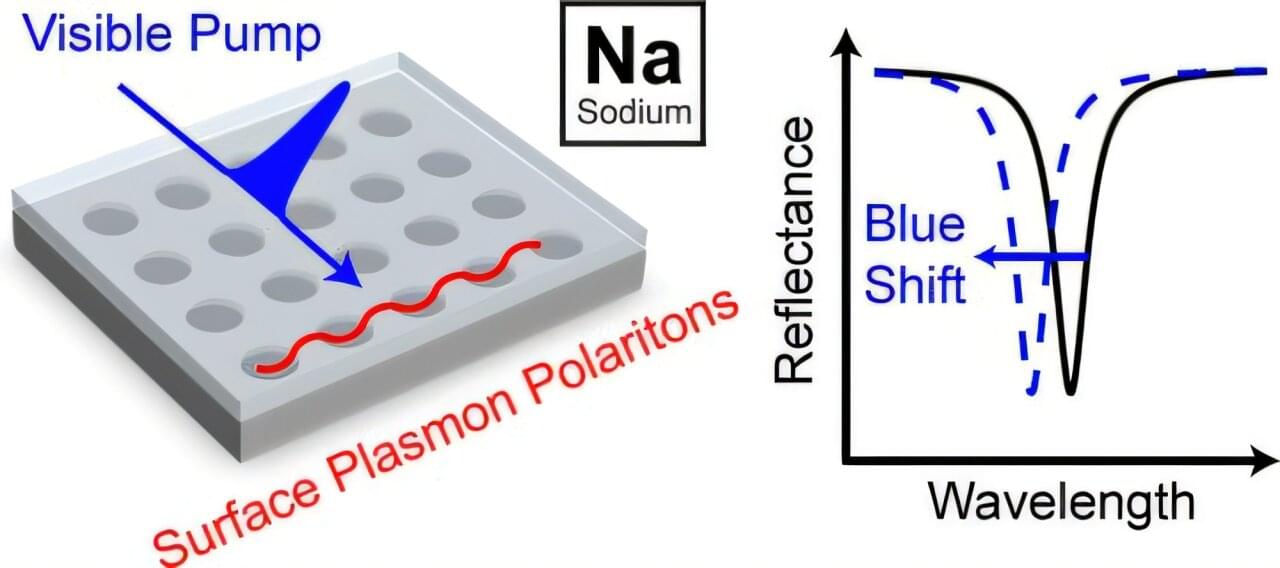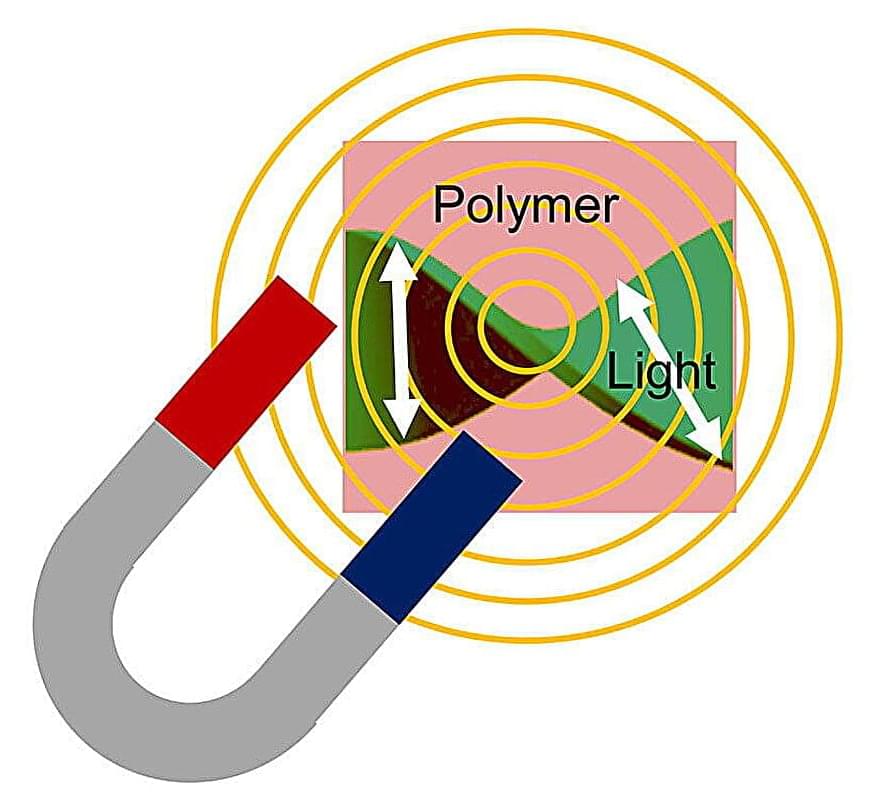Depression is a serious disorder that disrupts daily life through lethargy, sleep disturbance, and social withdrawal, and also increases the risk of suicide. The number of depression patients has steadily increased over the years, affecting more than 280 million people worldwide as of 2025. Now, researchers have uncovered a new pathological mechanism that could provide clues for the diagnosis and treatment of depression.
A research team led by C. Justin Lee and Lee Boyoung at the Institute for Basic Science (IBS) has identified a new molecular pathway in the brain that directly links abnormal sugar modifications in proteins to depressive behaviors. Specifically, chronic stress disrupts sugar chains (O-glycans) attached to proteins in the prefrontal cortex, thereby triggering depression.
The findings, published in Science Advances, open new possibilities for targeted therapies for treatment-resistant depression.
